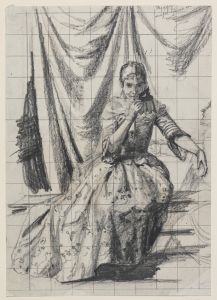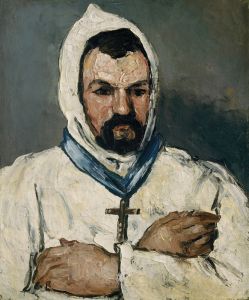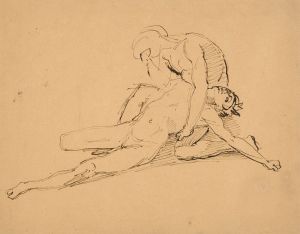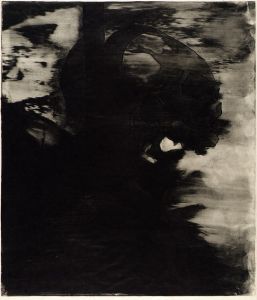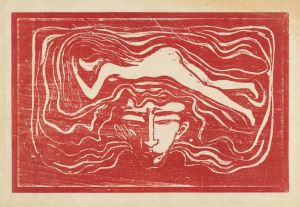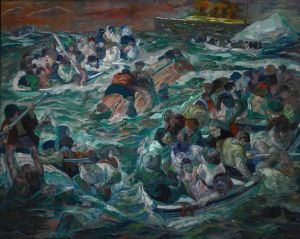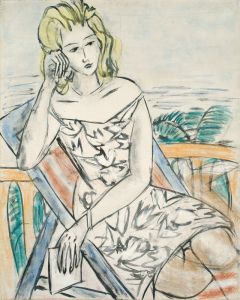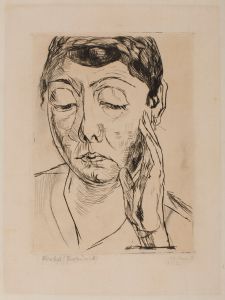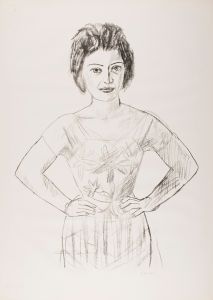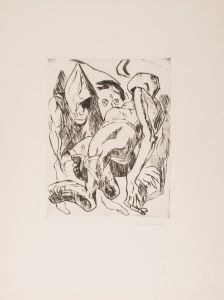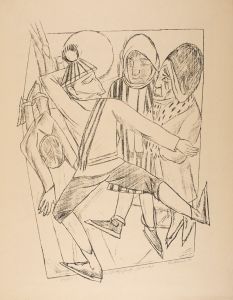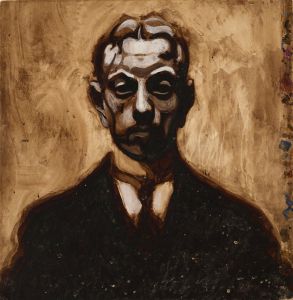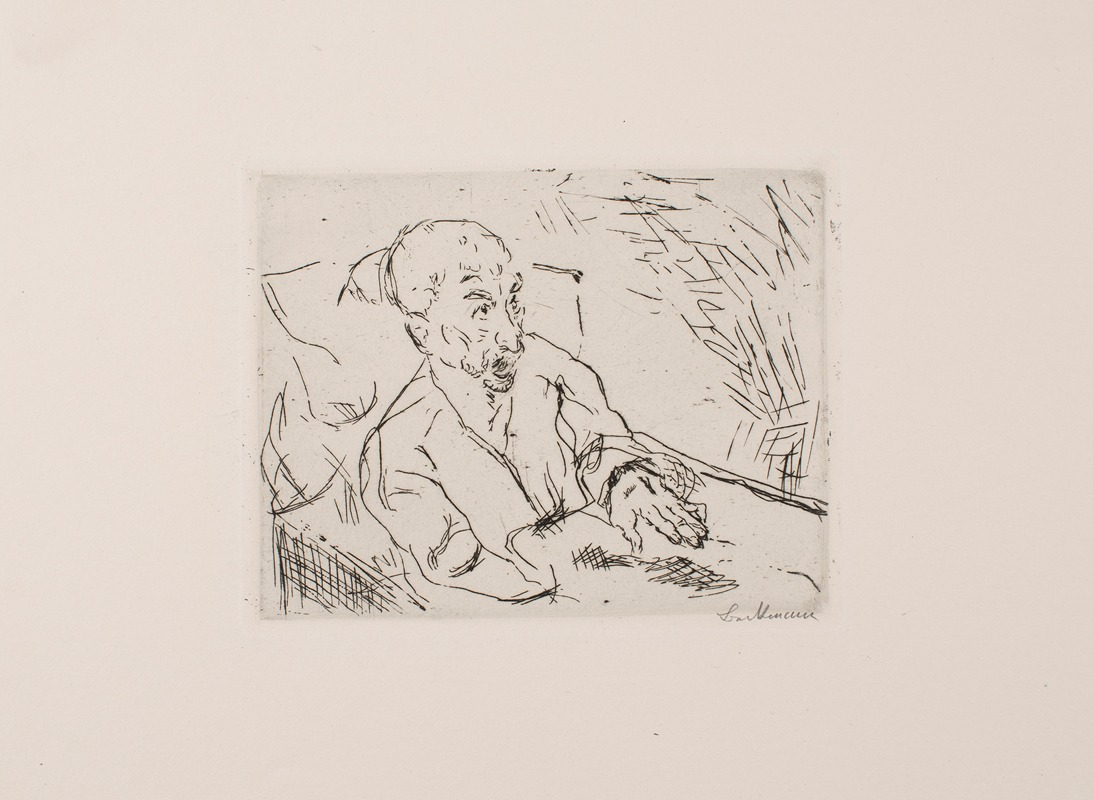
Moribund Old Man
A hand-painted replica of Max Beckmann’s masterpiece Moribund Old Man, meticulously crafted by professional artists to capture the true essence of the original. Each piece is created with museum-quality canvas and rare mineral pigments, carefully painted by experienced artists with delicate brushstrokes and rich, layered colors to perfectly recreate the texture of the original artwork. Unlike machine-printed reproductions, this hand-painted version brings the painting to life, infused with the artist’s emotions and skill in every stroke. Whether for personal collection or home decoration, it instantly elevates the artistic atmosphere of any space.
"Moribund Old Man" is a painting by the German artist Max Beckmann, created in 1906. Beckmann, born in 1884, was a prominent figure in the German Expressionist movement, although his style evolved significantly over his career. This particular work is an early example of his exploration of human suffering and existential themes, which would become central to his oeuvre.
The painting depicts an elderly man lying in bed, seemingly at the brink of death. The somber and introspective mood of the piece is conveyed through Beckmann's use of dark, muted colors and the stark, almost clinical setting. The man's gaunt face and frail body are rendered with a raw, unflinching realism that underscores the gravity of his condition. The background is sparse, drawing the viewer's focus entirely on the figure of the old man.
"Moribund Old Man" reflects Beckmann's interest in the human condition and his ability to convey deep emotional and psychological states through his art. This work predates Beckmann's more mature style, which would later incorporate elements of Cubism and a more complex, symbolic approach to composition. However, even in this early stage, Beckmann's skill in capturing the essence of his subjects is evident.
The painting is significant not only for its artistic merit but also for its historical context. Created in the early 20th century, it reflects the broader societal concerns of the time, including the fragility of life and the inevitability of death. These themes were particularly resonant in the years leading up to World War I, a period marked by political instability and social upheaval in Europe.
Max Beckmann's work, including "Moribund Old Man," was later condemned by the Nazi regime as "degenerate art." In 1937, many of his works were confiscated from German museums, and Beckmann was forced to flee the country. Despite this, his influence on modern art remained profound, and he continued to create powerful, thought-provoking works until his death in 1950.
Today, "Moribund Old Man" is recognized as an important piece in Beckmann's early career, offering insight into his developing artistic vision and the themes that would dominate his later work. The painting is held in high regard by art historians and continues to be studied for its emotional depth and technical execution.





